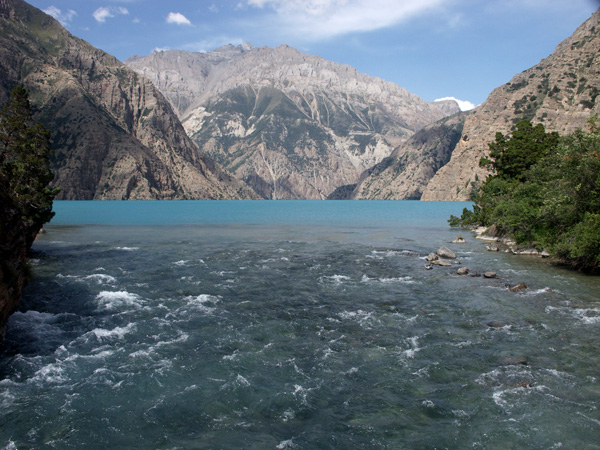Google launched a virtual tour of Nepal’s Everest region allowing armchair tourists a rare glimpse of life in one of the toughest and most inaccessible places on earth.
The Street View project takes viewers into the heart of the Sagarmatha national park, home to the world’s highest mountain, where icy blue rivers run below snow-capped peaks, monks play traditional music and yak-herders navigate precipitous stone-strewn trails.
Armed with two single-lens tripod cameras and a 15-lens custom-built, “Trekker” unit designed for backpacks, teams travelled on foot to capture more than 45,000 panoramic images of the remote villages inhabited by the ethnic Sherpa community in the eastern Himalayas. Google worked on the project with Kathmandu-based start-up Story Cycle and Nepali mountaineer Apa Sherpa, who scaled Mount Everest a record 21 times before he retired from climbing and set up an educational charity.
“Everyone in the world knows Mount Everest but very few people know how hard life is in these villages,” said Apa Sherpa, who was forced to drop out of school at 12 and work as a porter after his father died. “Thanks to Google Street View, everyone can see these villages and understand that people here need help. Hopefully we can then raise funds to build more schools and hospitals for them.”
Nepal’s Sherpa community, who have long labored as guides and porters on mountaineering expeditions, hope the project will promote the region and raise funds to improve access to education, offering future generations a way out of the high-risk climbing industry. Visitors to the Google Street View website can scroll through a slideshow of 360-degree views created by digitally stitching together thousands of 75-megapixel photographs, or click on the online map to see images of individual sites.
“Googlers, Story Cycle employees and Apa Sherpa spent about 11 days on the move last March, using the tripod cameras and fish-eye lenses to shoot inside monasteries, schools, clinics,” said Raleigh Seamster, program manager for Google Earth Outreach.
Google held a digital mapping session in the Himalayan town of Namche, where around 50 locals chipped in with suggestions of places to add to the online map.
Lodge-owner Tenzing Sherpa was among those who attended the session and said he hoped the initiative would attract more tourists.
“These online maps are a good source of information for visitors and if more tourists come here, it will create more opportunities, better opportunities than working on the mountain,” he told AFP.
Apa Sherpa, now 55, first climbed the 8,848-metre high peak as a porter, and described the feat as “a dream that had never been mine”.
“My dream is that one day, young kids in Nepal won’t have to risk working on the mountain as porters or guides, they will be able to get an education and build better lives for themselves,” Sherpa told AFP.
Sixteen Nepali guides, including 14 members of the Sherpa community, died last April in an avalanche, marking the deadliest accident to hit the world’s highest peak.
“Sherpas die on the mountain every year — no one pays attention. This time it was the biggest disaster on Everest, so it hit the headlines, but we have lost many people over the years,” Sherpa said.
Since its launch in 2007, Google Street View has captured some of the world’s most far-flung and scenic destinations, including the Amazon forest, Antarctica and Canada’s Arctic tundra.
News Source; Agence France Press (AFP)




